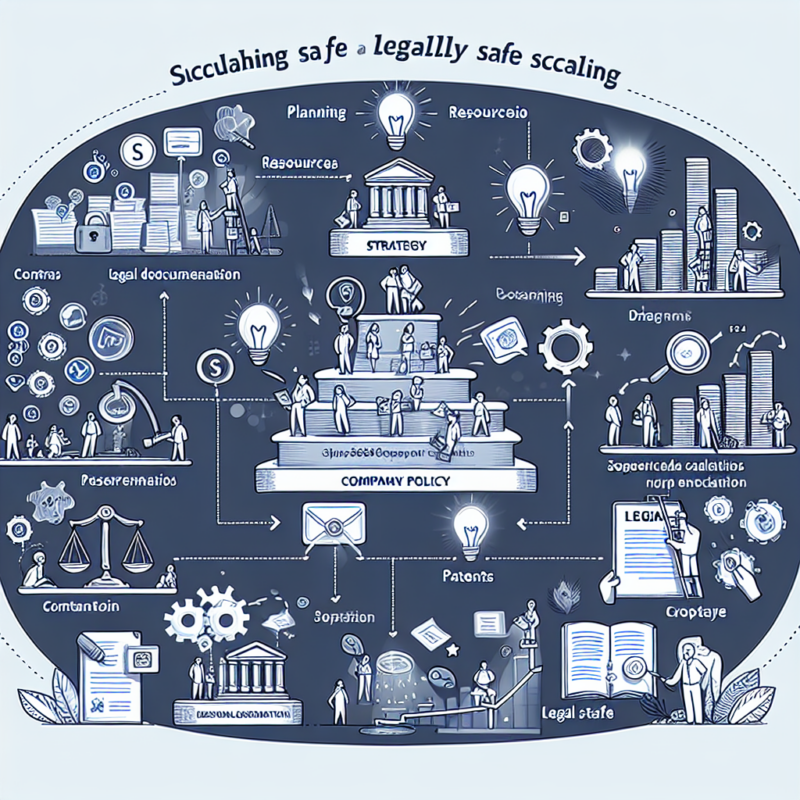Learn how to prepare by building an emergency supply kit and planning for your shelter, vehicle and work space. Because no two disasters are ever the same, all incidents affect people differently. Because of this, it is important to create emergency plans that support one’s particular needs. Become prepared for potential disasters by using some of the resources we offer. This guide outlines principles of emergency management planning for institutions of higher education, provides a process for the development of emergency operations plans and describes the content with those plans.
Do not use elevators when evacuating a burning building, unless they are properly designed and designated „occupant evacuation elevators.“ Notify police, firefighters, building security, and other appropriate emergency personnel. If you are still unsure about whether you are required to have an https://safeblackout.com EAP, use OSHA’s Expert System to help you determine your EAP requirements. Every year, dozens of workers die and thousands more become ill while working in extreme heat or humid conditions. There are a range of heat illnesses and they can affect anyone, regardless of age or physical condition.
We offer practical advice on getting informed, making a plan, assembling a kit, and keeping your plans up to date. Now that you know which types of emergencies to plan for, browse our Emergency Resource Library to learn what to do before, during and after specific events like hurricanes, wildfires, earthquakes, and more. To assemble your kit store items in airtight plastic bags and put your entire disaster supplies kit in one or two easy-to-carry containers such as plastic bins or a duffel bag. Make sure your emergency kit is stocked with the items on the checklist below.
It is recommended that employers train and drill workers and volunteers on these emergency communication methods and procedures to reduce injuries and fatalities, thereby saving lives on the job site. When instructed, leave the area quickly, but in an orderly manner, following the work site’s emergency evacuation plan. Identify personnel with special needs or disabilities who may need help evacuating and assign one or more people, including back-up personnel, to help them during an emergency.
Sound appropriate alarms and instruct workers to leave the building. Ensure that during off-hour periods, systems are in place to notify, evacuate, and account for off-hour building occupants. The Maintenance, Safeguards, and Operational Features for Exit Routes section of OSHA’s Evacuation eTool provides additional information about exit route safety. When the employer does not provide extinguishers and intends to totally evacuate the workplace on the sounding of the fire alarm. The OSHA Law & Regulations web page provides a complete list of OSHA standards by industry. Prepare your home, school, staff and students for disasters and emergencies.
Fridges, ranges and washers can be more complicated; call a service company to check the safety of connections and components, then replace anything that’s severely damaged. Grouping food together in the freezer can help it stay colder longer in the case of a power outage. If you have advanced warning, freeze any items you don’t need right away, like leftovers, milk and fresh meat and poultry to keep them at a safe temperature longer, and stock your freezer with as much ice as you can fit.





Neueste Kommentare